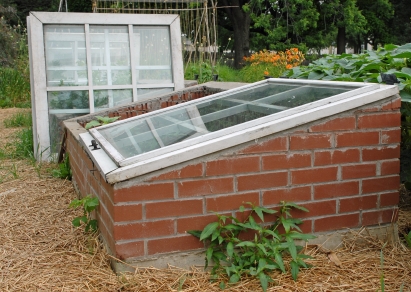 Gardening does not have to end with summer if you live in the Pacific Northwest. With a little planning, common sense and knowledge of what to plant and when to plant, you can have fresh vegetables harvested from your own garden any time of the year.
Gardening does not have to end with summer if you live in the Pacific Northwest. With a little planning, common sense and knowledge of what to plant and when to plant, you can have fresh vegetables harvested from your own garden any time of the year.
Choosing a Location
Use your “green” common sense when choosing a location for a fall or winter growing spot. A southern-facing side of your house, a shed, wall or barn is a good location for sun exposure and protection from northerly winds. A south facing slope would be ideal as well. According to Ed Hume, an expert gardener with one of the longest running gardening television shows in history called Gardening in America, a wall or windbreak can add from 10 to 15 degrees of warmth to your fall or winter garden.
Preparing the Soil
Good soil preparation results in healthier plants. Make sure the soil has good drainage, especially in areas such as the Pacific Northwest, where heavy rain can occur in the fall and winter months. Raised beds help with drainage and can also help raise the temperature of the soil by 8 to 12 degrees according to Ed Hume. Raised beds should be at least 12 inches deep and can be supported by lumber, stone, brick or concrete. Old tires can be used to make single plant raised beds. The black tires absorb heat from the sun, which helps warm the soil inside.
The particle size of the soil also affects the drainage. Sand particles are the largest and allow good drainage, while clay particles are the smallest and often hinder drainage. If your soil has poor drainage or it drains too fast, you can help improve it by adding organic matter such as:
- Compost
- Manure
- Leaf mold
Manure or an organic fertilizer will also help add nutrients to the soil that are essential for good plant growth.


